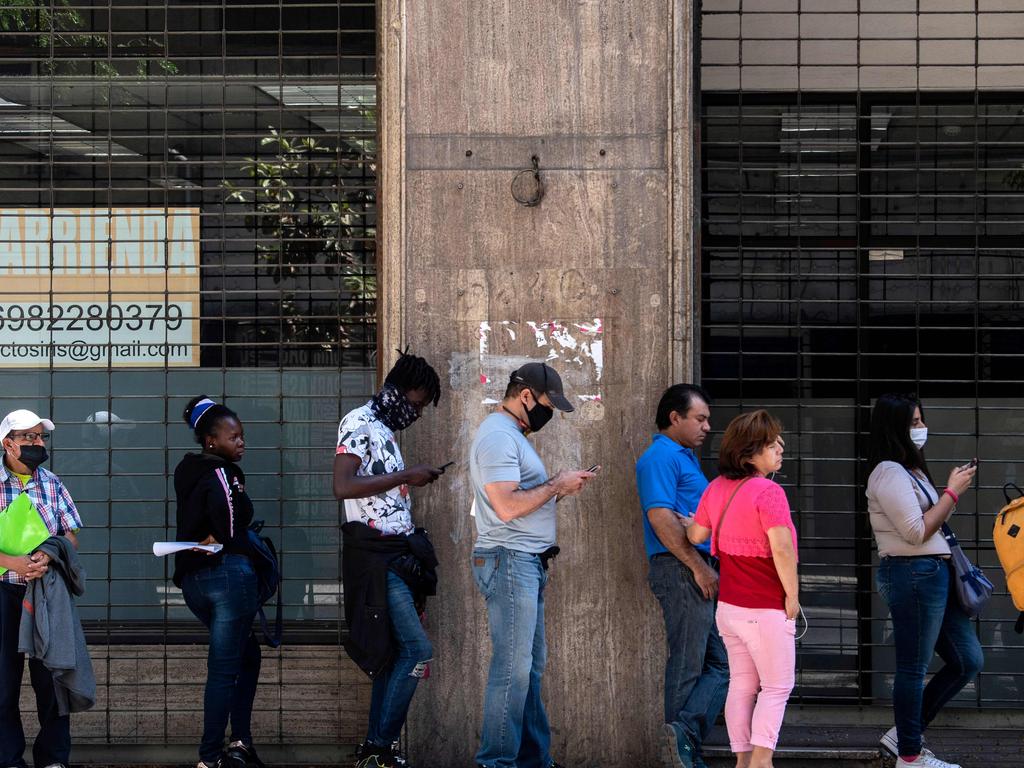Coronavirus wage support will waste billions while other miss out
Behind the beguiling simplicity of the COVID-19 wage support package are details that waste billions future generations will have to repay.

As shock and awe of the announcement of the government’s unprecedented array of economy-rescuing subsidies fades, focus has inevitably shifted to the details. And some of them aren’t pretty.
The $130bn JobKeeper wage subsidy, just over half the total by value, is critical to curbing an otherwise massive increase in unemployment and keeping workers attached to their employer for when the hibernation switch is turned off.
But the arbitrary distinction between large and small businesses will see the same workers – who are the ultimate target of the scheme – treated differently. And the flat payment for all wastefully gives many an unexpected – and unjustified – pay rise.
Businesses that can demonstrate to the tax office a slump in revenue will receive $1500 a fortnight per worker.
The massive disparity in the definition of slump for small and large businesses – a 30 per cent and 50 per cent decline in revenue, respectively – means, however, workers employed by big firms are far more likely to be laid off. And “not for profits” need only show a 15 per cent decline.
Large is defined at $1bn in annual revenue. What large business is going to hang onto staff after a 45 per cent decline in revenue? Tabcorp, with over $1bn in revenue, stood down 700 staff on Tuesday – and isn’t sure whether it’s eligible for the JobKeeper payment.
The distinction between large and small should go, even if to make the scheme affordable the threshold needs to be changed to say 40 per cent. And the idea that not-for profits should be treated more generously is ludicrous. Just look, for example, at the nation’s universities and their bloated payrolls.
If the $1bn threshold stays, it will prompt clever corporate restructuring. Under the government’s proposal, if a business is part of a “large” consolidated group for income tax purposes, the 50 per cent test applies. If it’s part of a “small” one, the 30 per cent or more turnover test is applied – an incentive for large groups to spin off divisions hit hard by the crisis.
Moreover, billions are being wasted giving many workers a pay rise.
As The Australian revealed on Tuesday, 65 per cent of around a million long-term casual employees are earning less than $1500 a fortnight. So a University student on $500 a fortnight as a part-time or casual restaurant worker, will enjoy a 200 per cent rise for six months.
The administrative simplicity of a flat payment is appealing, but the cost is extraordinary. It’s no skin off an employer’s nose whether a wage subsidy is flat or paid “up to” $1500 a week – the latter seems more prudent.
Thankfully there’s no federal election due later this year, when the Morrison government is supposedly going to wind back free child care, a supercharged JobSeeker payment – and a JobKeeper payment that gives around 1 million people a massive pay rise.
As it goes to parliament on Wednesday, it would be wise to keep as much of the detail out of the legislation as possible, to give ministers the power to alter scheme as problems inevitably emerge.








To join the conversation, please log in. Don't have an account? Register
Join the conversation, you are commenting as Logout